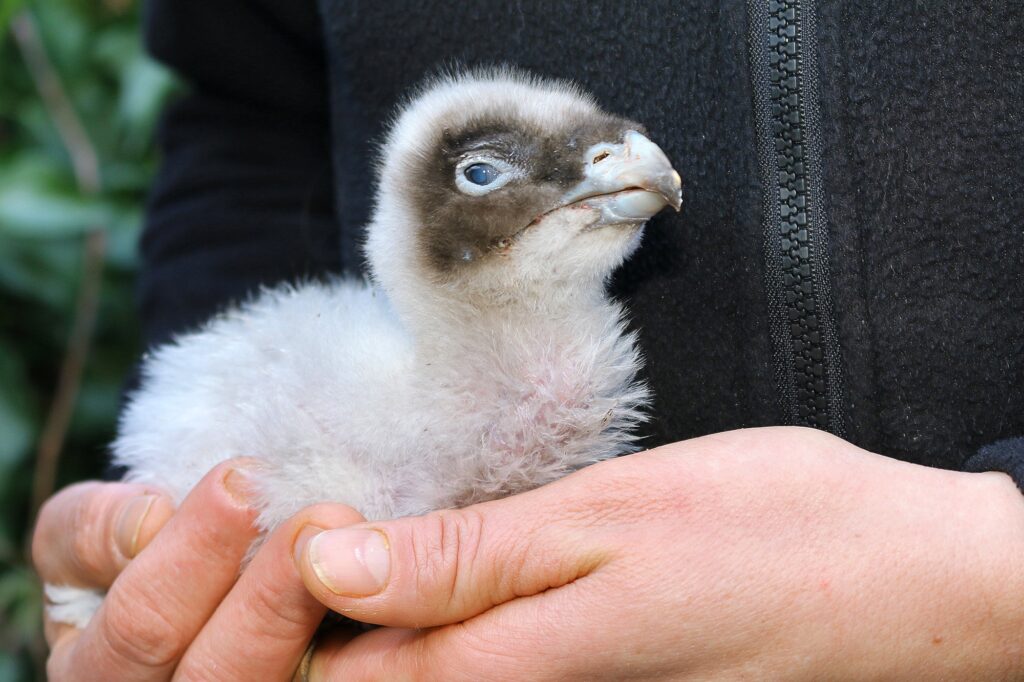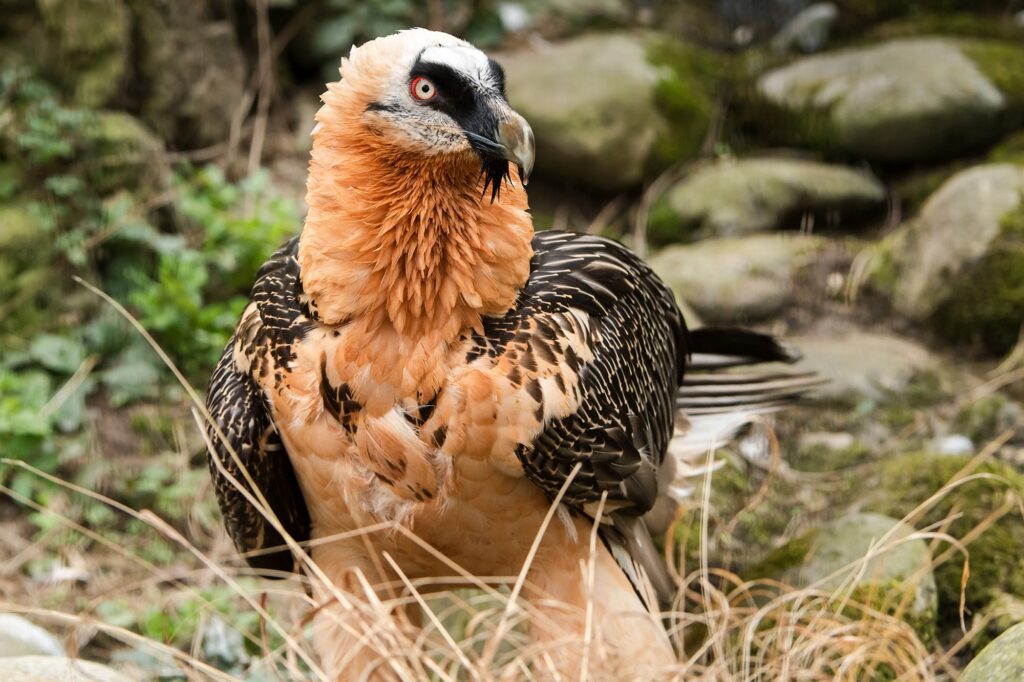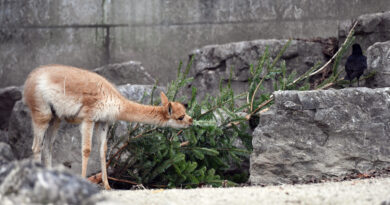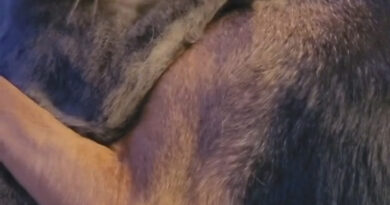Orphan Vulture Chick Adopted By Loving Parents
A Bearded Vulture chick that hatched from a spare egg to parents that would normally only raise one hatchling has been adopted by parents of the same species at an Austrian zoo.
A loving pair of Bearded Vultures from the Schonbrunn Zoo in the city of Vienna in Austria adopted the chick that was surplus to requirements on 30th March.
The chick, which has not been officially named yet, hatched on 25th February in the Owl and Birds of Prey Rescue Station in the town of Haringsee, located in the district of Ganserndorf in the Austrian state of Lower Austria.

The Scientific Director of the Owl and Birds of Prey Rescue Station explained: “For us, every chick counts. In the wild, only one in two chicks survives. With the help of zoos and breeding stations, we try to save the second ones by giving them to foster parents as part of the European breeding programme.”
The bearded vulture (Gypaetus barbatus), also known as the lammergeier and ossifrage, is a bird of prey which has been classified as near threatened in the IUCN Red List since 2014 and is the only member of the Gypaetus genus.
This species was exterminated in the Alps during the 20th century, however, an international project led by the Vulture Conservation Foundation has been successfully running for the past three decades.

Animal keeper Regina Riegler from the Schonbrunn Zoo said: “Our couple used to have their own offspring. The two birds are now very old. This year, as in some cases in the previous years their eggs were unfertilized. Since they are experienced and caring parents they were selected by the breeding network as foster parents.”
She added that the little chick which can currently fit into a person’s palm was happily welcomed by its new foster parents and explained: “When we carefully placed the chick in their nest they accepted it immediately.
“They take turns feeding and warming it. A camera is installed above the nest so that we can observe the rearing.”
After a certain evaluation of age, DNA and gender, two to three birds are selected from the entire breeding network and brought into a common nest in the wild before they fledge.
They are then raised without people’s contact and fed through slides in order to get trained for life in the wilderness according to the breeding programme’s procedures.



